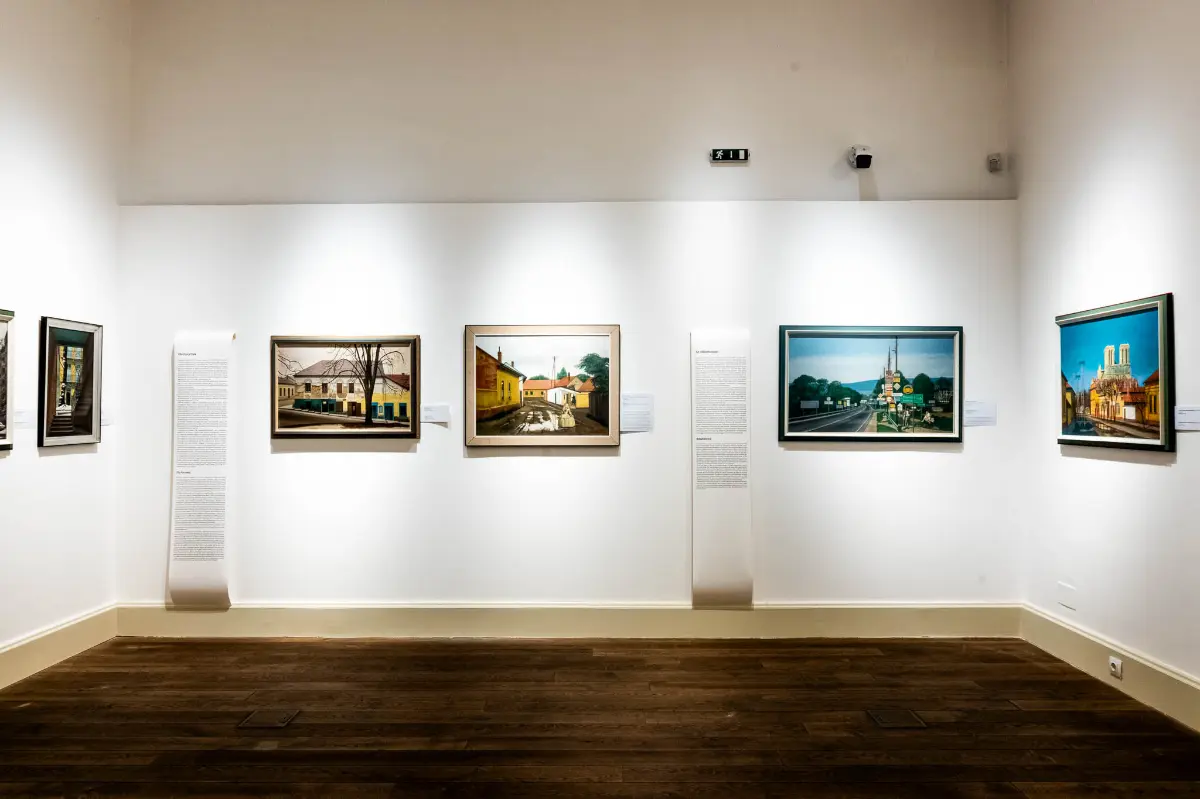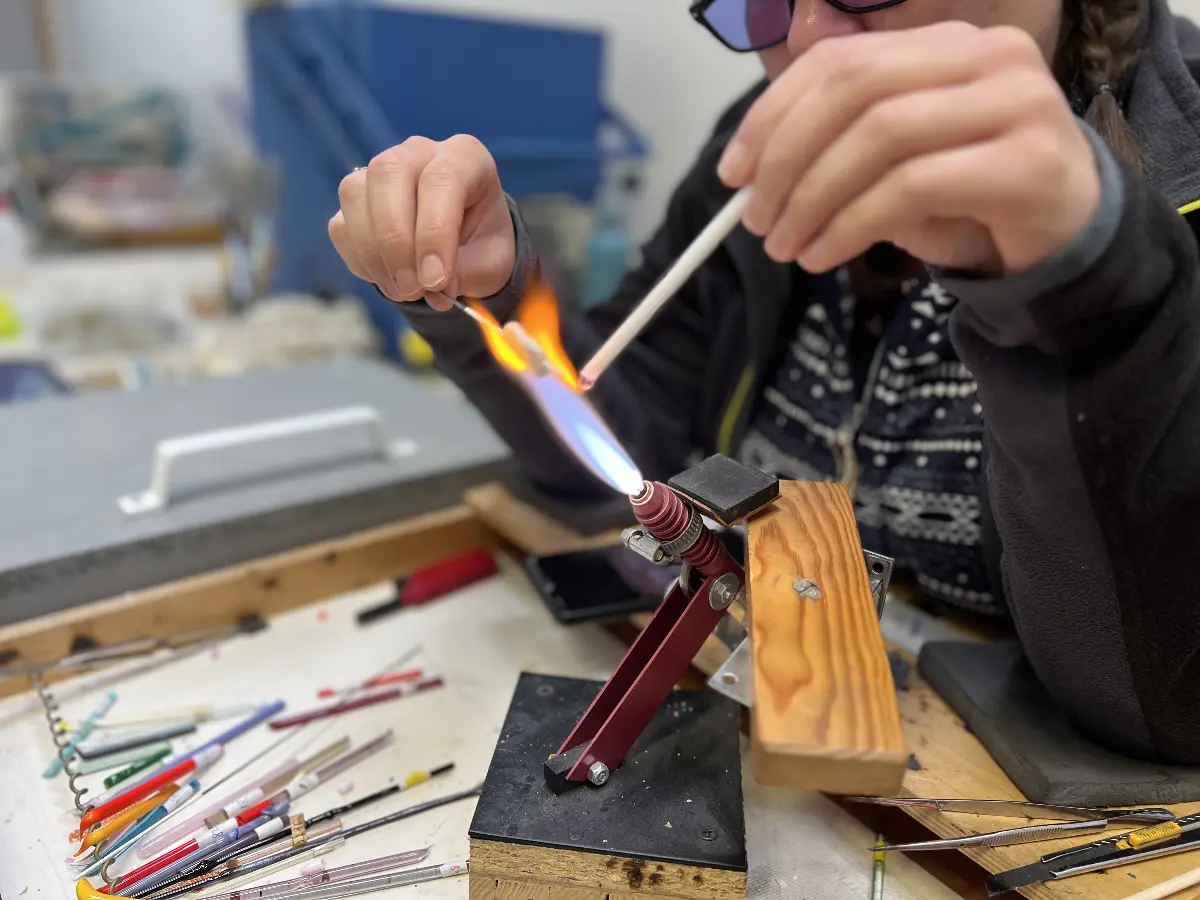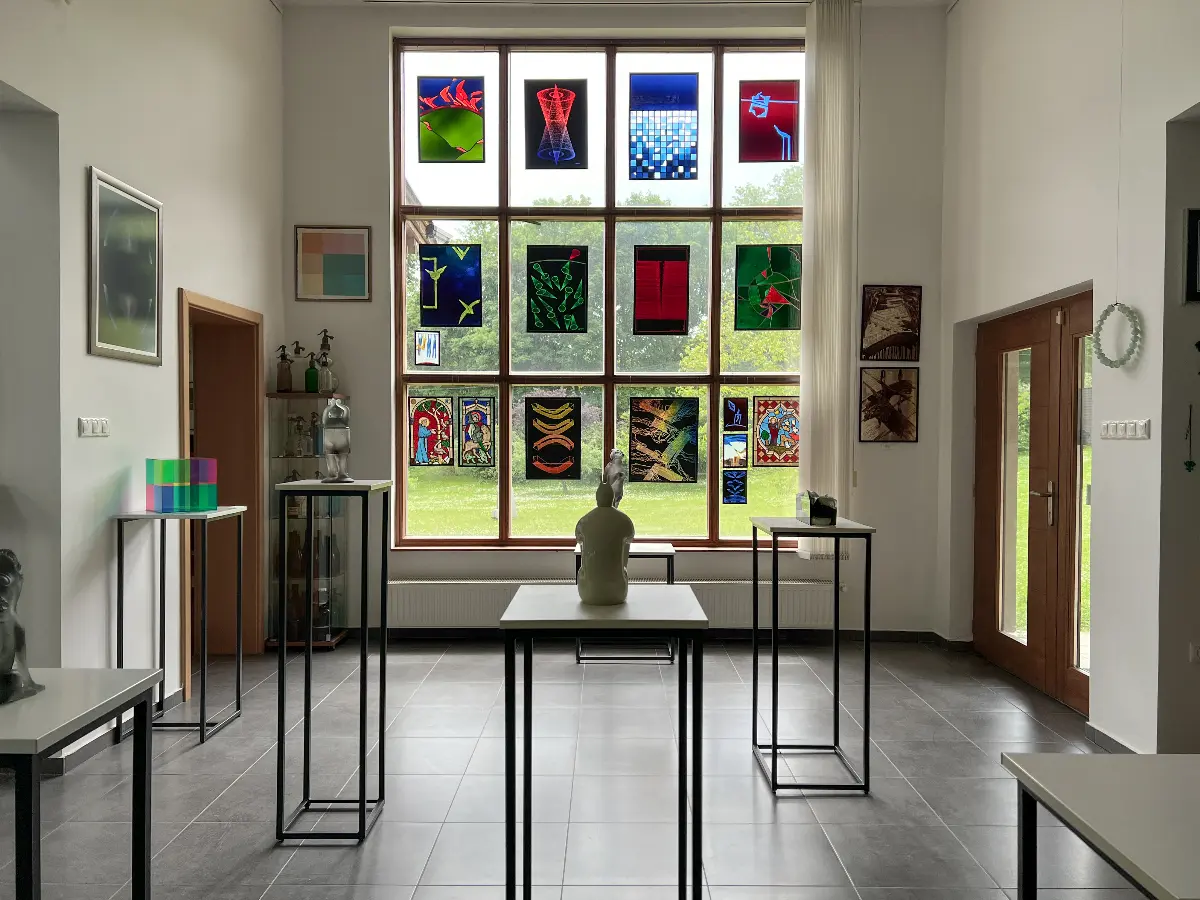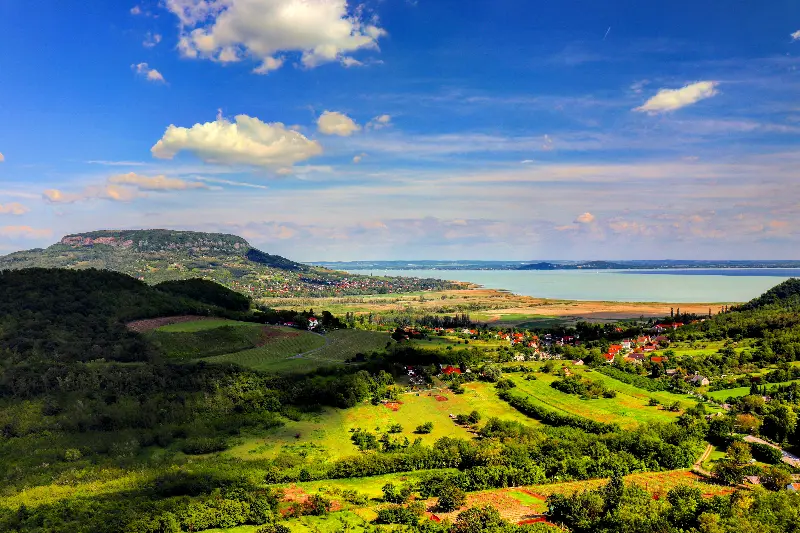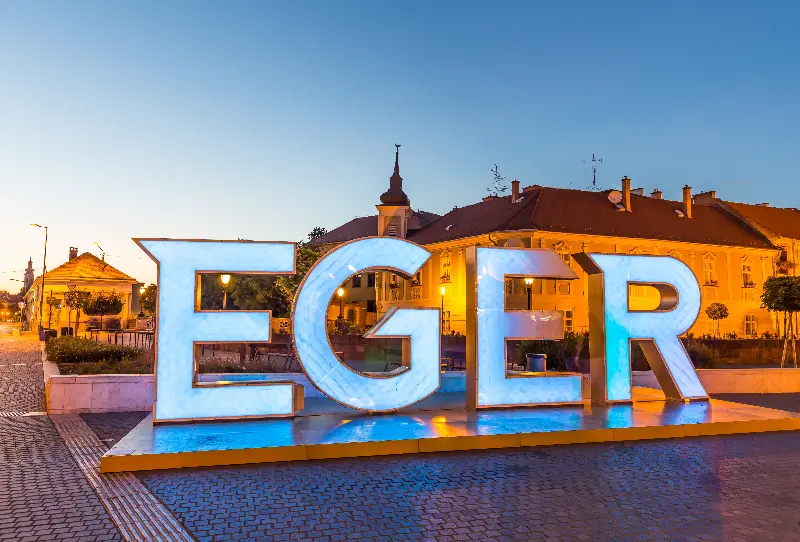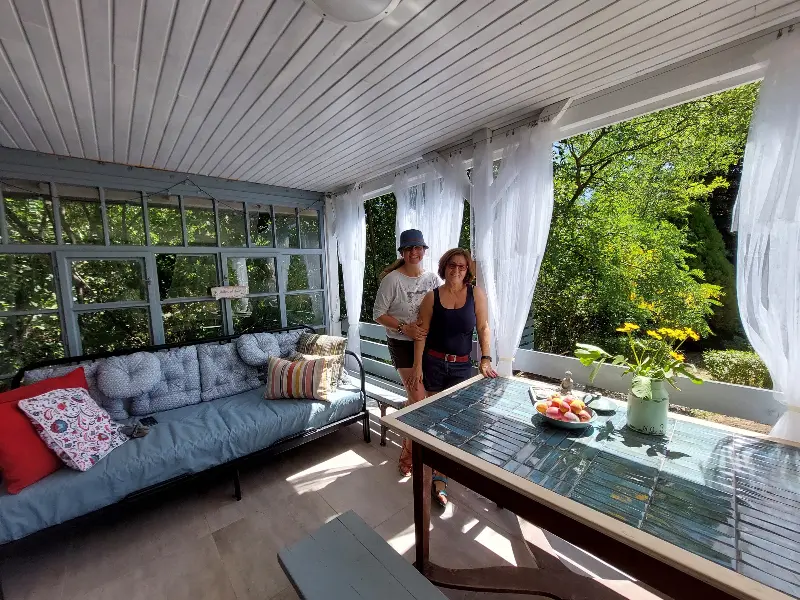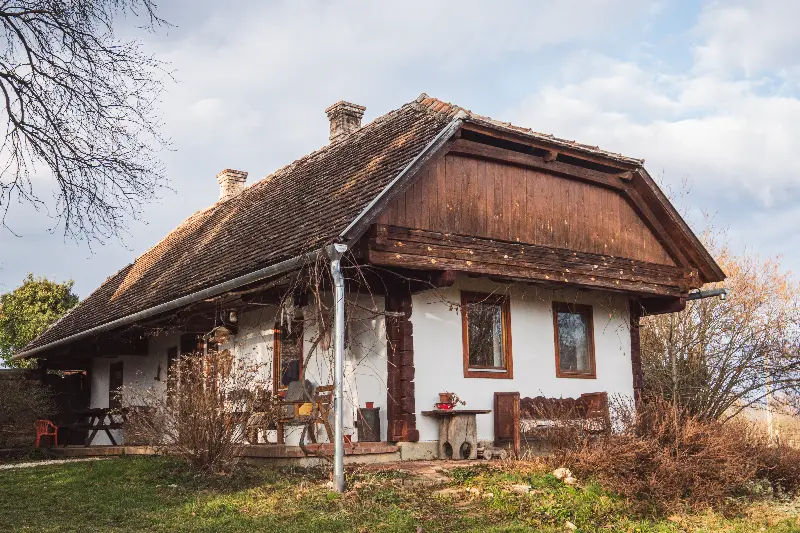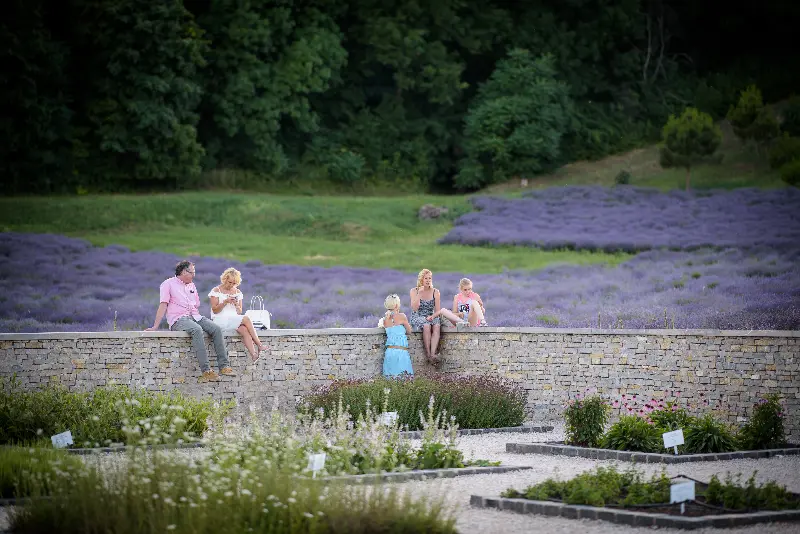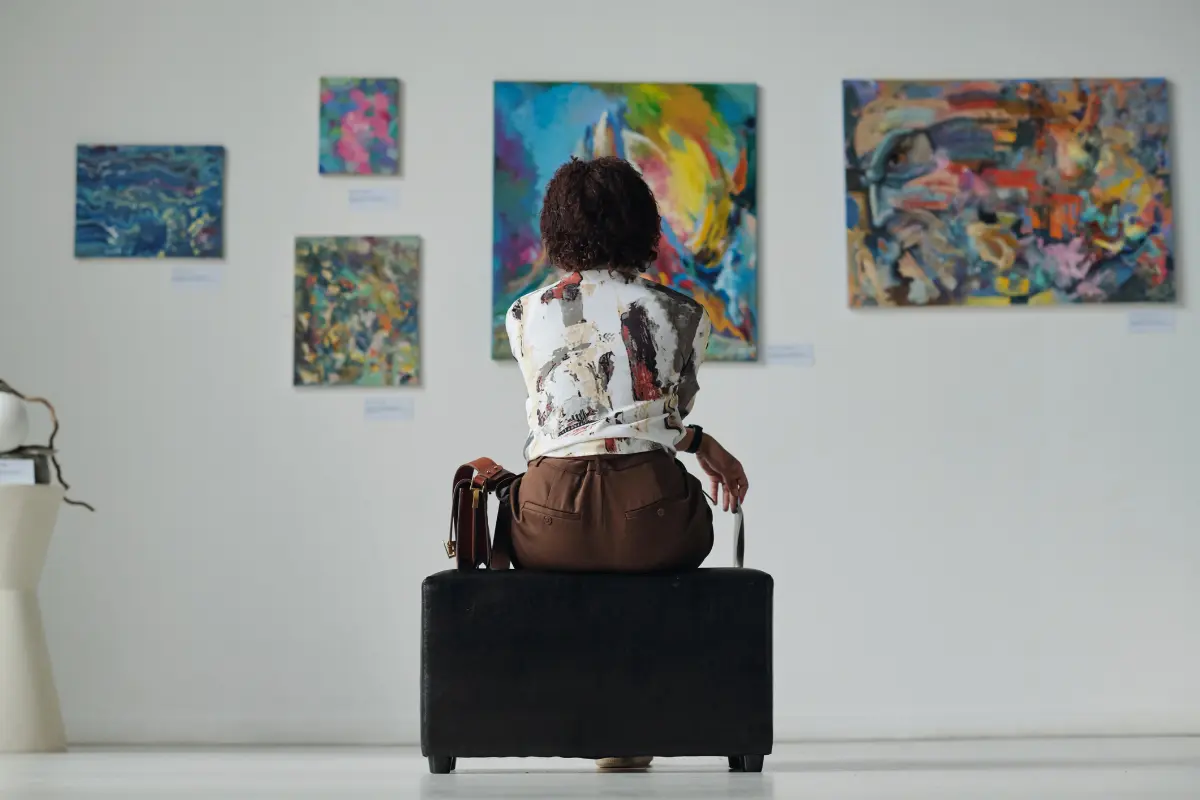
Helyszín címkék:
Contemporary art tour in the countryside
Szabó Vivien
In our article, we guide you to some rural art centres, which are not only used to present works of art, but also function as a kind of cultural meeting place: in these places, visitors can not only enjoy the works on display, but can also be part of the history of each work. Let's see why these hidden treasures are worth discovering!
Kepes Institute
The Kepes Institute, located in the old town of Eger, is not just a contemporary art gallery, but a complex institutional system, which is animated by the intertwining of art, science and education. The institute, established on the site of the former Spetz House, was founded following the spirit of the avant-garde artist Kepes, György. In addition to its permanent exhibition paying tribute to Kepes, the gallery with a floor area of 250 square metres can make a boast of regularly renewed exhibitions, the main focus of which is the connection of art, technology and science. In addition to classic mediums, you can also see light art, computer art, video art and 3D illusion creations here.
MODEM
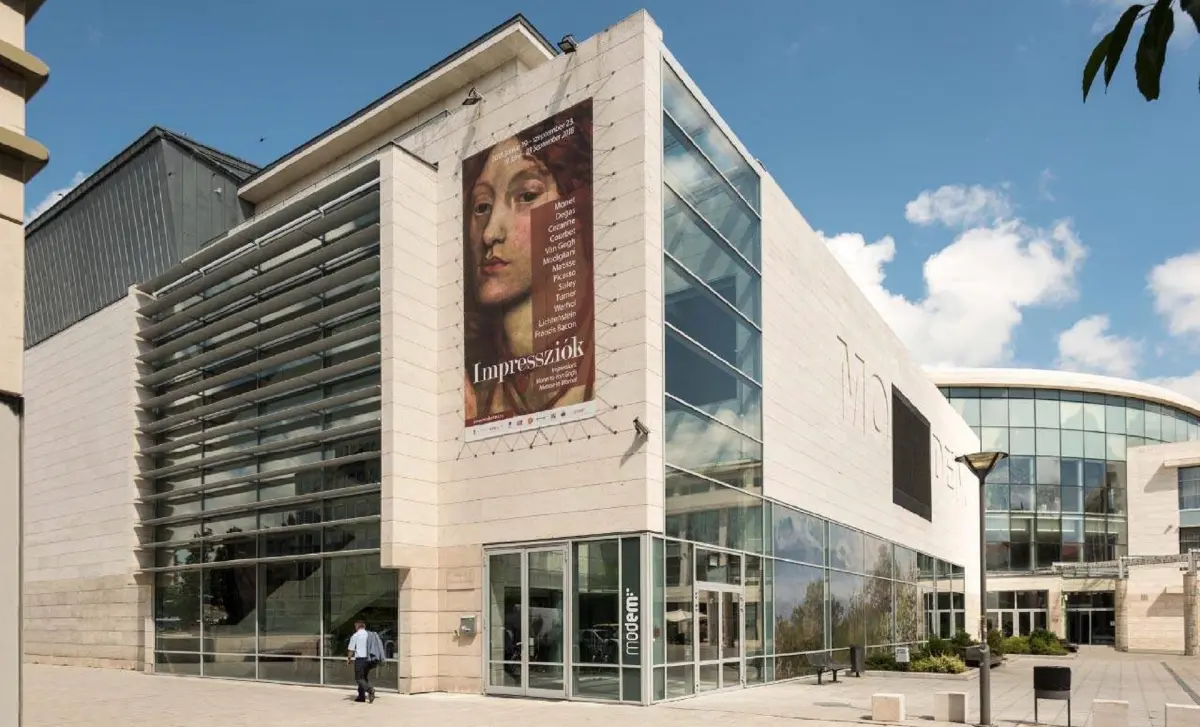
The Modern and Contemporary Art Centre of Debrecen, or MODEM for short, is an unmissable location for those interested in contemporary art. The aim of the centre is to present the most significant domestic and international fine art achievements of the 20th century, as well as to give space to the fresh, progressive efforts of contemporary fine art. With an area of more than 3,000 square meters, it is one of the largest exhibition spaces in our country, and also one of the largest and most significant domestic modern and contemporary fine art collections. The diversity of contemporary art can really unfold in the three-story building. The art-loving public could already see the works of such world-famous artists as Claude Monet, Paul Cézanne, Vincent van Gogh, or Pablo Picasso, and the list is far from over. The works of Hungarian fine art legends also appeared here: we could also see the works of Imre Bukta, Judit Reigl, István Sándorfi, Béla Kondor and drMáriás within the walls of the building.
Torula Art Space
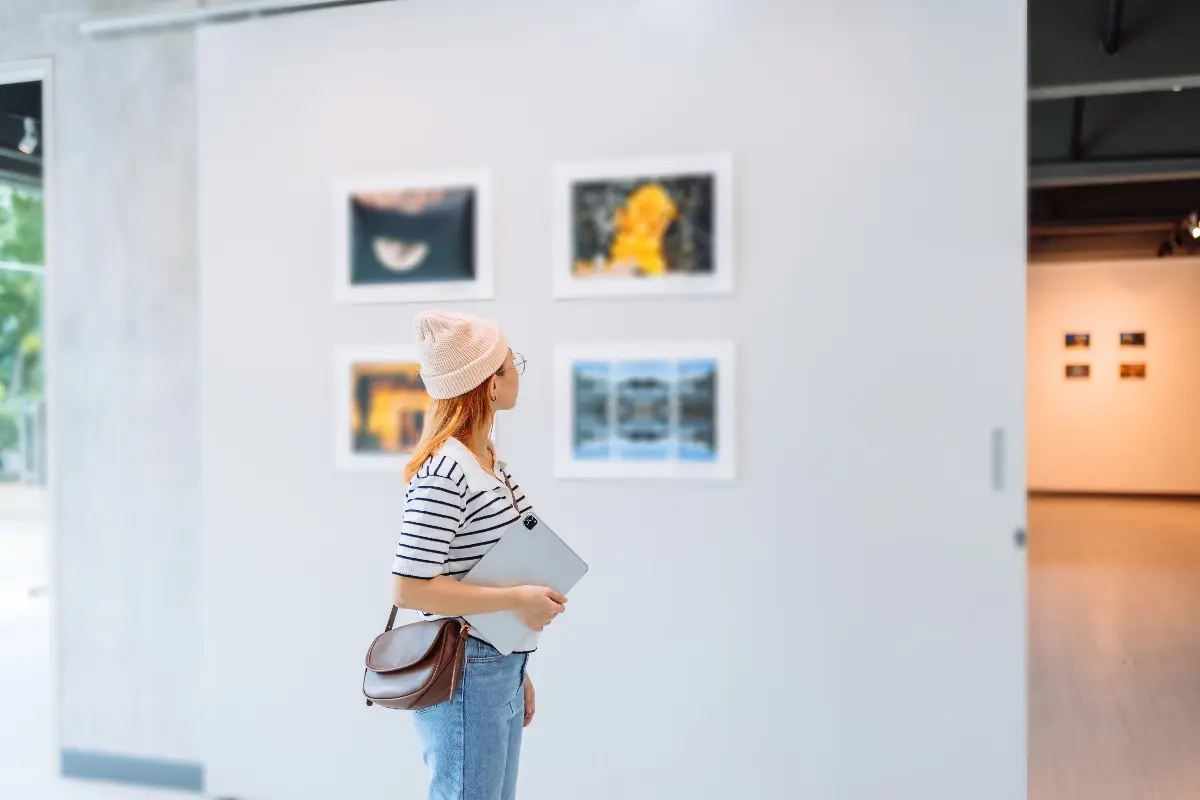
The Torula Art Space in Győr is an independent, contemporary exhibition space and studio building, which opened its doors in 2017 in the heart of Győr, in the centre of Gyárváros. The institution offers an exhibition space, a studio building and a residency programme for rising talents, thus keeping its hand on the artery of contemporary art. Over the years, many concepts have been realized in the industrial-scale spaces, from fine art works through ballet to sound installations. The founders are proud that a kind of cultural and artistic refuge has been created within the walls of the institution, where artists can develop freely and where the true value of the works goes beyond aesthetic experiences.
Gallery of Szombathely
The collection of the Gallery of Szombathely is extremely diverse, it includes both older and contemporary works. It opened its doors in 1985 and since then has become a major player in the art world. In addition to the three larger exhibition halls, smaller galleries also host chamber-style presentations. Its specialty is the contemporary textile collection, which can make a boast of 2,500 pieces of material and is an integral part of the museum. The painting restoration workshop and the 10,000-volume specialist library are also part of the institution and they contribute to the enrichment of artistic life.
Let's visit these galleries full of hidden treasures, where we will not only encounter works of art, but we can also be part of a complex cultural experience. Let's join the development of the rural art life and let the inspiring works of art take us away!
